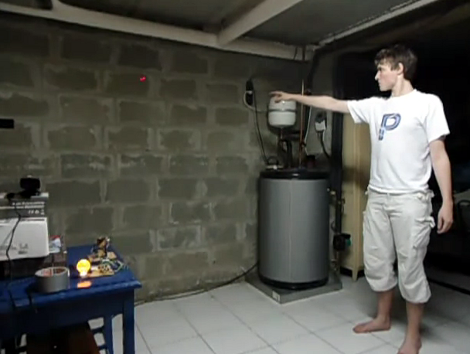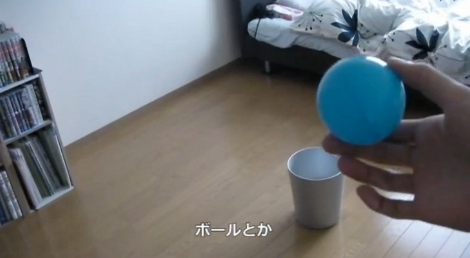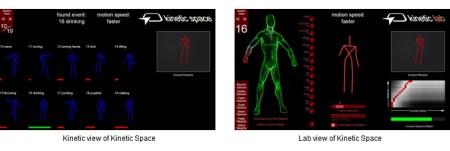
This home automation project lets you flap your arms to turn things on and off. [Toon] and [Jiang] have been working on the concept as part of their Master’s thesis at University. It uses a 3D camera with some custom software to pick up your gestures. What we really like is the laser pointer which provides feedback. You can see a red dot on the wall which followers where ever he points. Each controllable device has a special area to which the dot will snap when the user is pointing close to it. By raising his other arm the selected object can be turned on or off.
Take a look at the two videos after the break to get a good overview of the concept. We’d love to see some type of laser projector used instead of just a single dot. This way you could have a pop-up menu system. Imagine getting a virtual remote control on the wall for skipping to the next audio track, adjusting the volume, or changing the TV channel.
Continue reading “Control Your House By Moving Your Arms Like You’re Directing Traffic”

















